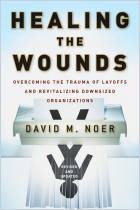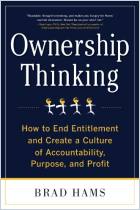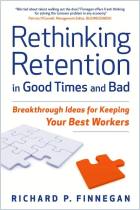
Responsible Restructuring
Creative and Profitable Alternatives to Layoffs
Recommendation
University of Colorado-Denver management professor Wayne F. Cascio says your company will make more money during tough times if it finds a way to grow with its current employees instead of laying them off. Citing ample research (just see those careful footnotes and all those charts and graphs), he argues that it is simply good business to treat employees as assets to be developed, so they can help your organization reach its goals. If you downsize them out the door, you lose their expertise and commitment. Cascio cites companies that restructured successfully - Compaq, Cisco Systems, Sage Software - to illustrate different approaches. He wraps up with a critical bit of training: how to communicate internal information about the company’s plans to restructure, always a touchy matter. getAbstract.com refers owners, top executives and human resource managers to this book because they will appreciate its combination of hard facts and how-to guidelines.
Summary
About the Author
Wayne F. Cascio, professor of management at the Graduate School of Business at the University of Colorado at Denver, has been researching employment downsizing and restructuring for 15 years. He is past president of the Society for Industrial and Organizational Psychology, and has written numerous books.













Comment on this summary